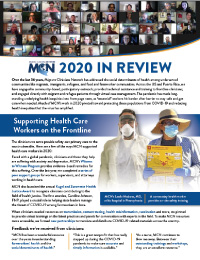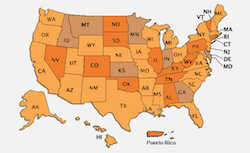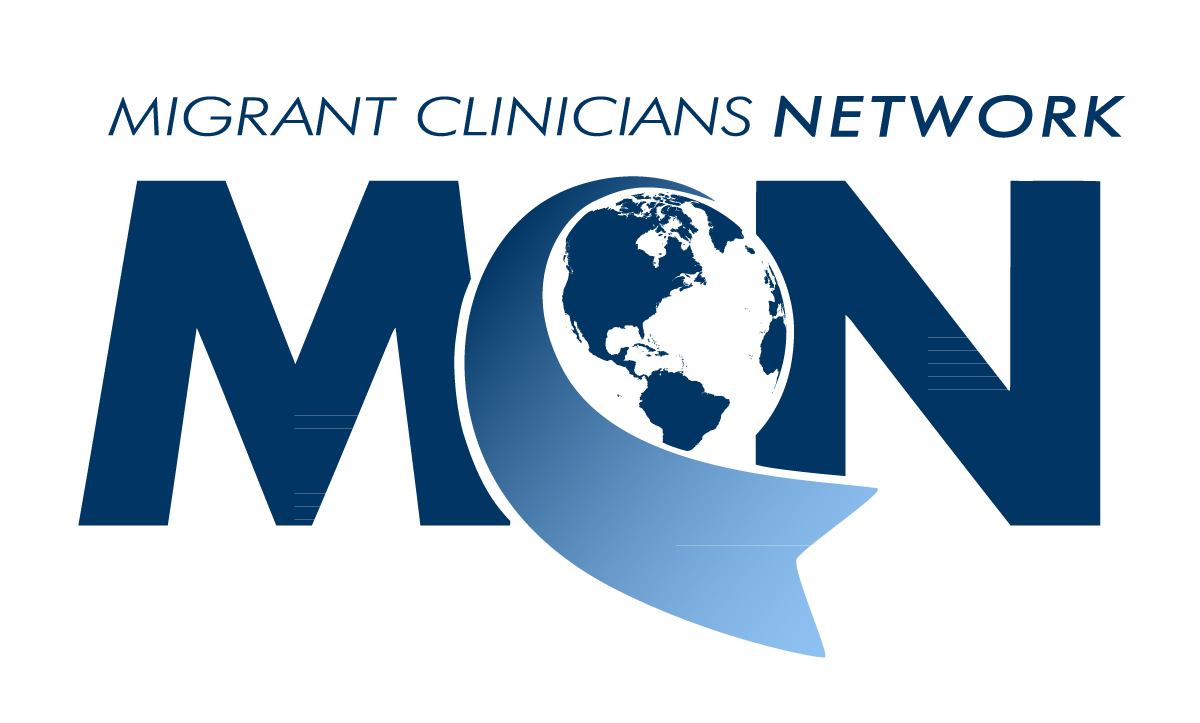- Who We Are
- Clinician Employment
- Publications
- Witness to Witness (W2W)
- Kugel & Zuroweste Health Justice Award
- Your Voice Matters: Photovoice Project
A National Health Observance
National Child Health Day
Since 1928, the President has proclaimed one day each year National Child Health Day and people across America have worked together to prevent problems and improve childhood health. For the first 32 years, the day was observed on May 1, but since 1960, Child Health Day is observed the first Monday in October.
For specific information and resources on children's health and underserved communities, see MCN's Children's Health page.
Mental Illness Awareness Week
In 1990, the U.S. Congress established the first week of October as "Mental Illness Awareness Week" (MIAW) in recognition of NAMI's efforts to raise mental illness awareness. Since 1990, mental health advocates across the country have joined together during the first week of October to celebrate.
MIAW is NAMI's premiere public awareness and public education campaign and link NAMI's 1,100+ local affiliates across the country.
National Dental Hygiene Month
The American Dental Hygienists' Association, is encouraging dental hygienists and other dental professionals and supporters across the country to get involved with NDHM this October to increase public awareness of the oral health-total health connection and the importance of educating the entire family on situations which impact their oral health. It is imperative to start early with a daily oral care routine to help prevent cavities and periodontal disease. NDHM is the perfect time to spread that message even more—while celebrating the profession of dental hygiene!
Healthy Lung Month
Healthy Lung Month is sponsored by the American Lung Association and seeks to increase awareness of issues pertaining to the maintenance of healthy lungs.
National Lead Poisoning Prevention Week
CDC and HHS share the goal of eliminating childhood lead poisoning in the United States by 2010. During National Lead Poisoning Prevention Week (NLPPW) CDC aims to:
- Raise awareness about lead poisoning;
- Stress the importance of screening the highest risk children younger than 6 years of age (preferably by ages 1 and 2);
- Highlight partner’s efforts to prevent childhood lead poisoning; and Urge people to take steps to reduce lead exposure.
LIVESTRONG Day
LIVESTRONG Day has evolved from a lobby day on Capitol Hill into an international day of cancer awareness, where we highlight the power of community and collective action in the global fight against cancer. There are 28 million people living with cancer around the world and in 2010, cancer will become the leading cause of death worldwide.
World Breastfeeding Week (WBW)
this week supports mothers by providing solid breastfeeding information so they can be successful at any time, especially in any emergency situation such as flooding, earthquakes or wild fires, or personal emergencies such as house fires, loss of a job, or public health emergencies like an epidemic. For information about woman's health specific to migrant and underserved community.
UV Safety Month
It's summertime; the sun is bright and there is a great danger the sun can harm the eyes. Everyone is at risk for eye damage that can lead to vision loss from exposure to the ultraviolet rays of the sun. So, use this month's tools to spread the message of sun, fun and safety to your community.
For more information on on eye care specific to the migrant and underservered population, visit MCN's Eye Care Page.
National Farmworker Health Day
National Farmworker Health Day is a part of the week-long celebration of Community and Migrant Health Centers. The special needs and contributions are highlighted on this day.
National Health Center Week
The second week of August each year is dedicated to recognizing the service and contributions of Community, Migrant, Homeless and Public Housing Health Centers in providing access to affordable, high quality, cost-effective health care to medically vulnerable and underserved people in the U.S. This year's commemoration is especially important as we set our sights on the goals of our ACCESS for All America plan to serve 30 million people by 2015.




